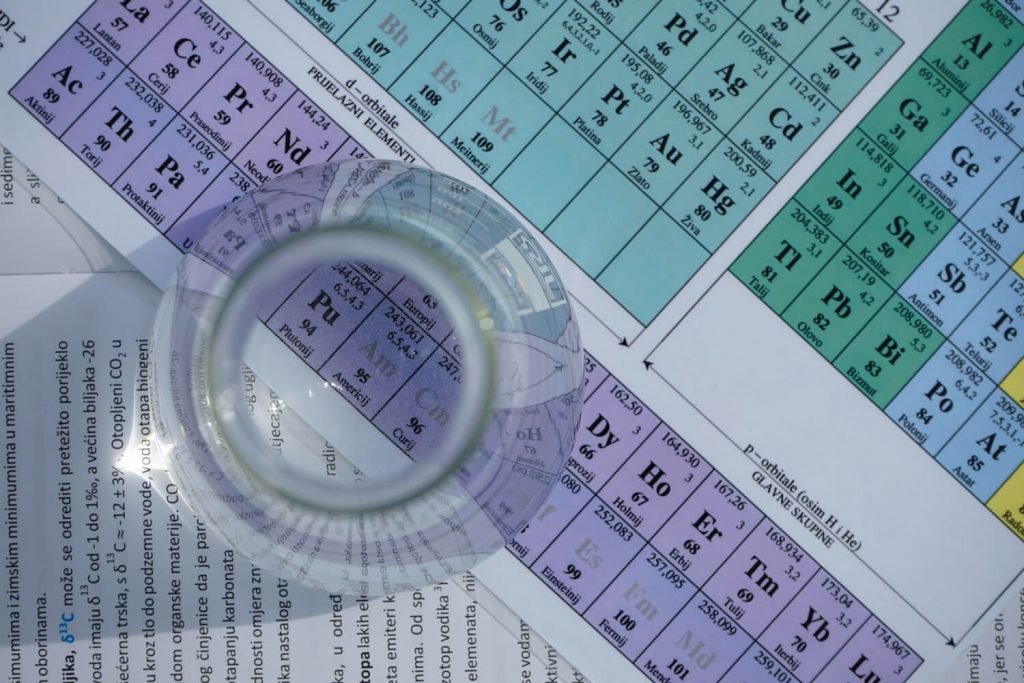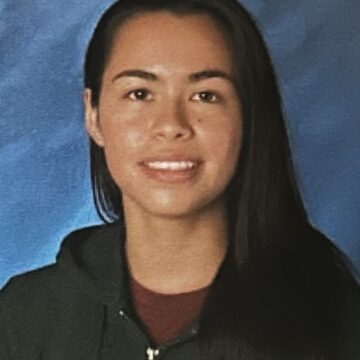
By Akash
Ever since the first grade, Dmitri Mendeleev has been my hero. When I first saw the periodic table, I was in awe; the colors, the patterns, the symmetric shape—everything mesmerized me. Ever since that moment, the periodic table has defined the way I live. Just as Mendeleev put together a seemingly random assortment of elements to form the now infamous periodic table, I loved putting together the seemingly random jumble of words and numbers in word problems to formulate a solution.
Math has always been a channel for my creativity and passion. In fact, it was through math that I first unearthed my love of discovery. I still vividly remember the rush of joy that I felt when I finished struggling through my first word problem and triumphantly waved it around in the air. As I progressed further and further up the insurmountable mountain of math and began to encounter more foreign concepts, it only got more interesting. No longer was I in a world saturated with numbers; instead, letters and symbols began to enter the mix too. My curiosity was insatiable. And then, I picked up my first calculus textbook. While many remember this moment as one of severe anxiety or trepidation, I remember looking at the strange, archaic symbols, bewildered, thinking where did the numbers go? Because this was in third grade, I didn’t fully understand the intricacies behind the mathematical notation. Nonetheless, it was at that point that I decided to pursue mathematics.
But, the more I researched, the more questions I had. As I dug deeper into the inviting, yet mysterious abyss of number theory, I saw math morph into shapes and patterns and I came to the realization that math is more than numbers; mathematics represents a field of patterns, representations, models that lay the foundation for the way our universe works. That’s when it dawned on me: I loved math for the same reason I loved the periodic table. The rush of discovery, the love of patterns, the joy of exploration—everything was the same. As I explored my love for math further, I began to realize that the joy that I experienced when discovering something new was not only because of that “Eureka!” moment; rather, it was utilizing the tools that mathematics provided to apply the intangible concepts so prevalent in textbooks to the world that surrounds us.
The duality of the periodic table—the cold, hard numbers mixed with the reassuring, steadfast patterns—has manifested itself in every aspect of my life. While the patterns of the periodic table drew me towards mathematics, it was the systematic, ordered way of bringing math into science that pulled me into coding, first making websites with HTML, then writing programs with Java. My passion for programming grew. The world of coding presented itself to me as a way to bring the patterns I loved into the world in a way I could see them.
But something was still missing. After years of refining my analytical interests, I still yearned for that element of science that I had grown to love as a first grader. I was still missing that feeling of success after persevering through a difficult word problem or struggling through memorizing the first 100 digits of pi. It was then that I discovered biology. As I explored various research studies that not only furthered scientific understanding but also helped millions around the world, I knew that this was what I wanted to do. Medical research, specifically in cellular biology and genetics, condenses my passion for mathematics, biology, and discovery into one distinct goal. Whether it be analyzing patterns in the genome, generating computer models of clathrin-mediated endocytosis, or studying the chemical composition of organic molecules, cellular biology embodies my passions just as well as the periodic table.
Admissions Committee Comments
Akash does a great job of displaying his academic curiosity by introducing us to his experiences with topics like the periodic table, mathematical symbols, and coding, and how these all came together to lead him toward a passion for medical research. Rather than simply telling us what he’s interested in, Akash shows us his journey through a variety of academic fields in order to paint a picture of who he is today.





